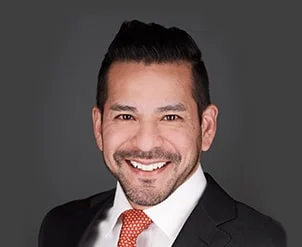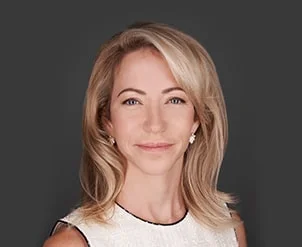Can Bankruptcy Save My House?

The average housing payment in Indiana is just under $1,500 a month. For most families, that figure represents a substantial chunk of their monthly income. When times get tight, perhaps because of a temporary job loss or serious illness, it is easy to fall behind.
Homeowners have little margin for error. Many times, moneylenders start foreclosure proceedings after just one or two missed payments. Once the bank sends an acceleration notice, the bank no longer accepts partial payments. So, the homeowner’s hole gets deeper and deeper.
Chapter 13 bankruptcy is not just the best way to reverse this downward spiral. In many cases, it may be the only way. Alternatively, Chapter 7 bankruptcy can usually eliminate mortgage debt and give distressed homeowners fresh starts.
The Automatic Stay
When the bank begins foreclosure proceedings, the first priority is stopping these proceedings and giving immediate relief.
In some cases, civil judges might issue temporary restraining orders that stop foreclosure. However, the homeowner usually needs to present some evidence of mortgage fraud or a serious violation of the National Mortgage Settlement. General allegations of wrongdoing or ticky-tack NMS violations probably will not suffice.
However, bankruptcy’s Automatic Stay is, well, automatic. Homeowners need not show any evidence of misconduct to immediately stop adverse actions like:
- – Repossession,
- – Foreclosure,
- – Wage garnishment, and
- – Creditor harassment.
It is rather easy to stop repossession and foreclosure before they happen. However, it is very difficult to undo these things once they occur. So, as soon as the bank begins applying pressure, it’s best to speak with an attorney.
To save a few dollars, many homeowners turn to bankruptcy petition preparers or do-it-yourself bankruptcies. But a financial crisis is no time to cut corners. Only an attorney can show homeowners advanced options. More on that below.
Chapter 13 Debt Repayment
Bankruptcy does more than stop foreclosure. It also includes a guaranteed, income-based repayment plan. The trustee (person who oversees the bankruptcy for the judge) consolidates all past-due secured debts, like home mortgage arrearage, into one monthly payment. Then, the trustee distributes this money accordingly.
In most cases, the Automatic Stay remains in effect throughout the protected repayment period, which may last up to five years. So, moneylenders must usually accept the terms and wait in line for payment. The financial tables are turned. The moneylender does not call the shots. Instead, the debtor and the debtor’s attorney call the shots.
Cram Downs and Lien Strips
Cramming and stripping sound like words you tell your children not to say at the dinner table. But to distressed homeowners, these advanced bankruptcy options could make their houses more affordable. These options are normally only available in bankruptcy.
A cram down reduces the UPB (unpaid principal balance) to match the home’s current FMV (fair market value). So, if the homeowner owes $150,000 on a property which is only worth $100,000, the homeowner can pay $100k and own the house free and clear.
Lien stripping works basically the same way. Assume this homeowner has a $100,000 first mortgage and a $50,000 second mortgage. Since the home’s value is not high enough to secure them both, the judge could reclassify the $50k mortgage as a dischargeable, unsecured debt.
Rely on Experienced Lawyers
Chapter 13 can save your house in the short term and make it more affordable in the long term. For a free consultation with an experienced Chicago bankruptcy attorney, contact the Bentz Holguin Law Firm, LLC. We routinely handle matters in Indiana and Illinois.


